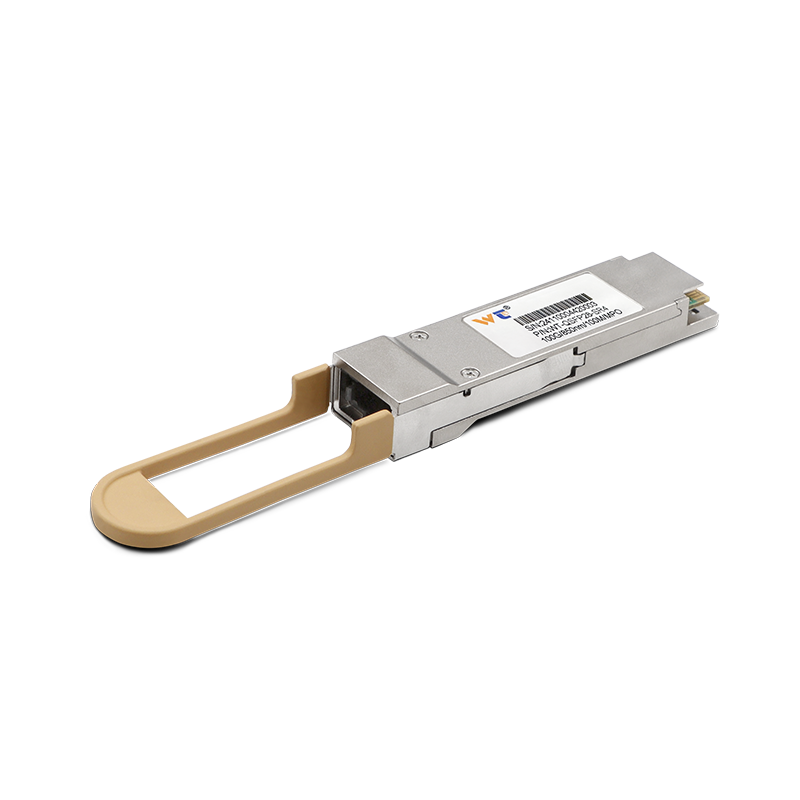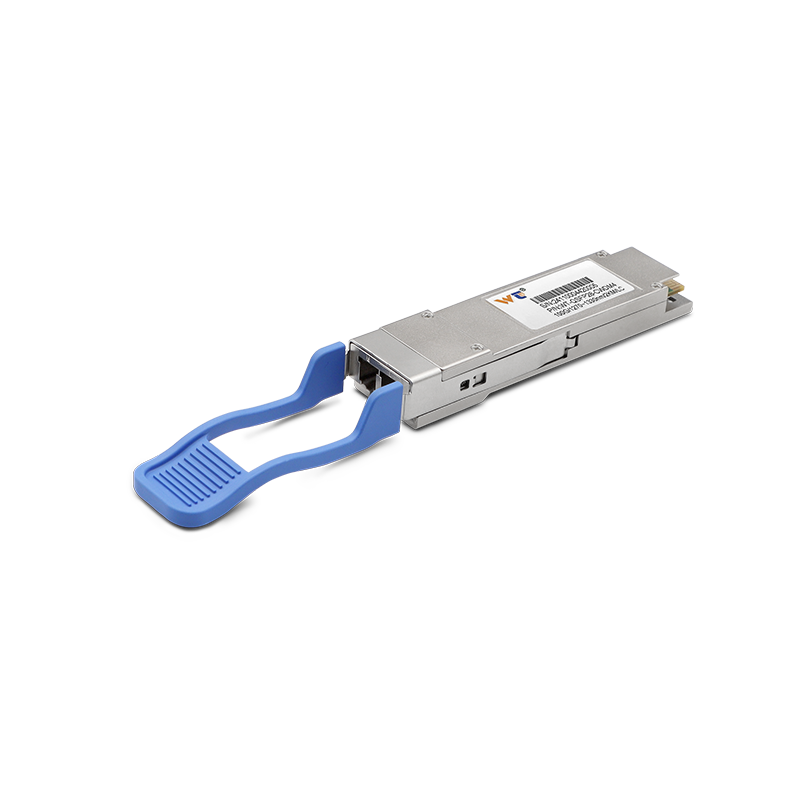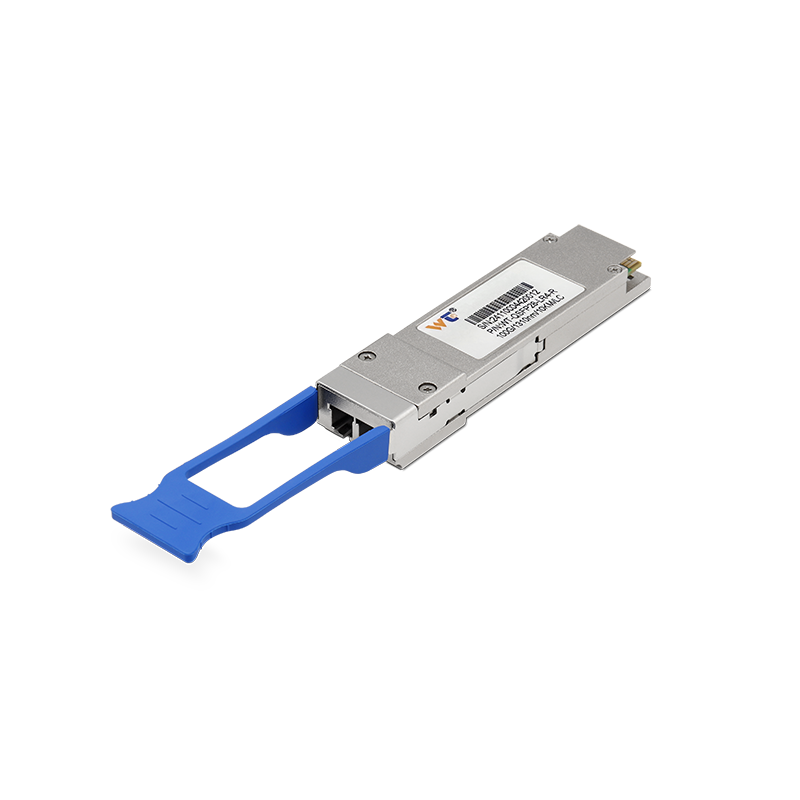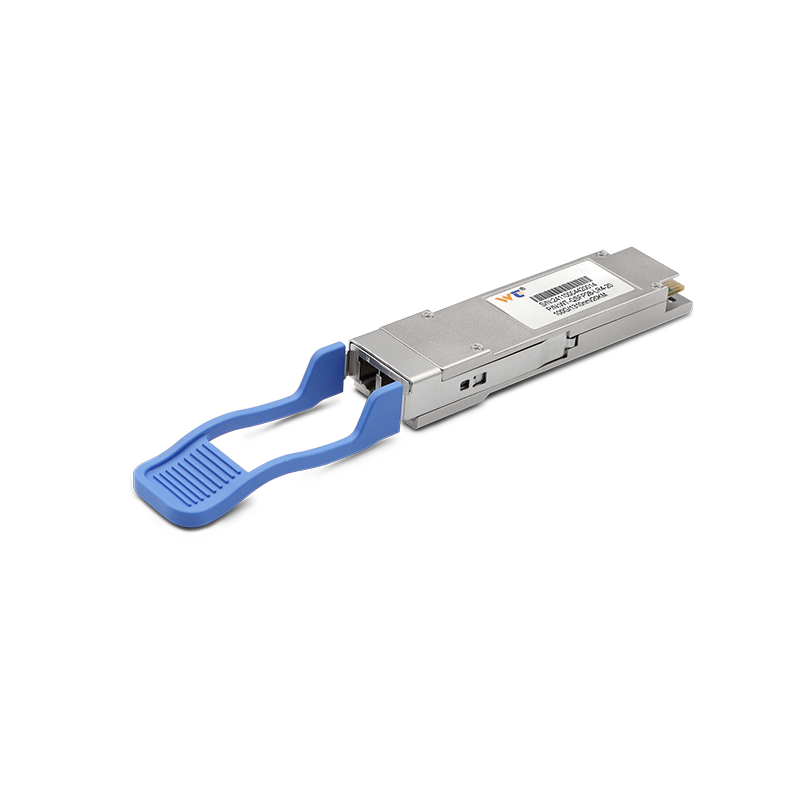As demand for robust and efficient communication networks continues to surge, the rail transit industry is at the forefront of integrating advanced technologies. By 2025, we will witness a significant transformation in how these networks function, driven largely by the implementation of 100G optical modules. The convergence of high-speed data transmission and improved communication reliability is not merely an enhancement; it's a necessity in keeping pace with expanding urban transit networks.
The optical module market is experiencing impressive growth, reflecting a surge in connectivity requirements across various sectors including rail transit, data centers, and broadband access. Optical modules, which facilitate high-speed data transfer by converting electrical signals into optical signals, are critical in ensuring uninterrupted communication. By providing data rates ranging from 155 Mbps to 1.6 Tbps, our offerings cater to the varying demands of the rail transit sector. This evolution is further fueled by the increase in mobile data traffic and the continuous need for real-time data connectivity that rail systems require to operate efficiently and safely.
Here’s a concise overview of the technology and function of optical modules:
| Parameter | Description |
|---|---|
| Data Rate | Ranges between 155 Mbps - 1.6 Tbps |
| Module Types | SFP, SFP+, QSFP, QSFP28, OSFP |
| Transmission Distance | Short-range, long-range options |
| Applications | Data centers, rail transit, broadband access |
Our research has focused on the application of 100G optical modules in rail transit environments. These modules are strategically designed to ensure seamless communication for critical rail operations such as signaling, train control, and scheduling systems. With the integration of 100G optical modules, rail networks can handle vast amounts of data in real-time, allowing for enhanced performance in safety monitoring and operational efficiencies. Advanced data analytics, facilitated by these optical modules, play a crucial role in predictive maintenance, reducing downtime, and optimizing service intervals.
Furthermore, the reliability of communication systems in rail transit is paramount. Optical modules’ resilience to electromagnetic interference and their ability to maintain performance across varying temperatures are essential qualities in such applications. The integration of these modules ensures that not just data but critical safety signals are transmitted without delay or disruption.
Looking towards 2025, various optical module types are emerging to meet the specialized demands of rail networks. For example, the shift towards QSFP28 and OSFP modules supports higher bandwidth while maintaining compact sizes, which are essential in space-constrained environments common in rail infrastructure. Furthermore, the adaptability of these modules enables rail operators to upgrade their systems with minimal disruption, ensuring that they remain competitive and efficient.
As we project into the scenario of 2025, specific case studies illustrate the integration of optical modules in rail network configurations. One notable example is the upgrading of traditional signaling systems with 100G optical connections, significantly improving reliability and reducing latency. In urban transit, such upgrades not only enhance safety but also improve passenger experience by facilitating real-time data sharing regarding train schedules and delays.
At our company, we pride ourselves on offering a range of meticulously tested optical modules. Each product undergoes stringent quality checks to guarantee exceptional performance across multiple applications. Whether for high-speed data transmission or long-distance communication, our modules are built to meet the mounting demands of modern rail transit systems.
In summary, the evolution of optical modules, particularly the advancements in 100G technology, represents a pivotal shift in meeting the needs of expanding rail transit networks. These innovations will not only enhance operational capabilities but also ensure that rail systems remain safe, efficient, and capable of accommodating future demands. Adopting this technology today will pave the way for a more connected and intelligent rail infrastructure tomorrow.






